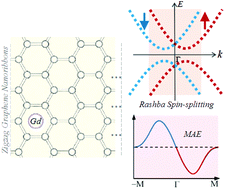Publication date: 15 March 2020
Source: Biosensors and Bioelectronics, Volume 152
Author(s): Xiaowen Jiang, Hui Jin, Yujiao Sun, Zejun Sun, Rijun Gui
Abstract
In this work, a versatile enzyme-catalyzed biosensor was developed by using the assembled nanohybrids of black phosphorus quantum dots (BPQDs)-doped metal-organic frameworks (MOF) and silver nanoclusters (AgNCs). The nanohybrids of AgNCs/BPQDs/MOF exhibit dual-emissive fluorescence (FL) centers at 630 nm (red) and 535 nm (blue) under excitation at 440 nm. Baicalin enhances the activity of catalase and catalytic decomposition of H2O2. With increase of baicalin contents in the mixture containing nanohybrids, catalase and H2O2, the catalase-caused decomposition of H2O2 was accelerated and the excessive H2O2 was consumed. Baicalin can restrain the oxidation capability of H2O2. The red-FL (response signal) of AgNCs adhering to MOF increases, while blue-FL (reference signal) of BPQDs doped into MOF has negligible changes. A new ratiometric FL biosensor was designed based on nanohybrids and enzyme-catalyzed reaction. This biosensor enables the detection of baicalin in the range of 0.01–500 μg mL−1, with a limit of detection of 3 ng mL−1. This biosensor has high sensitivity, selectivity and stability for baicalin detection in practical samples. Especially, it performed the solution, flexible substrate and latent fingerprint visual detection of baicalin through direct observation of FL color shades with naked eyes. This work explored a facile and efficient semi-quantitative method for versatile FL visual detection, which can promote the development of advanced chemo/bio-sensors and analysis methods.
Graphical abstract



